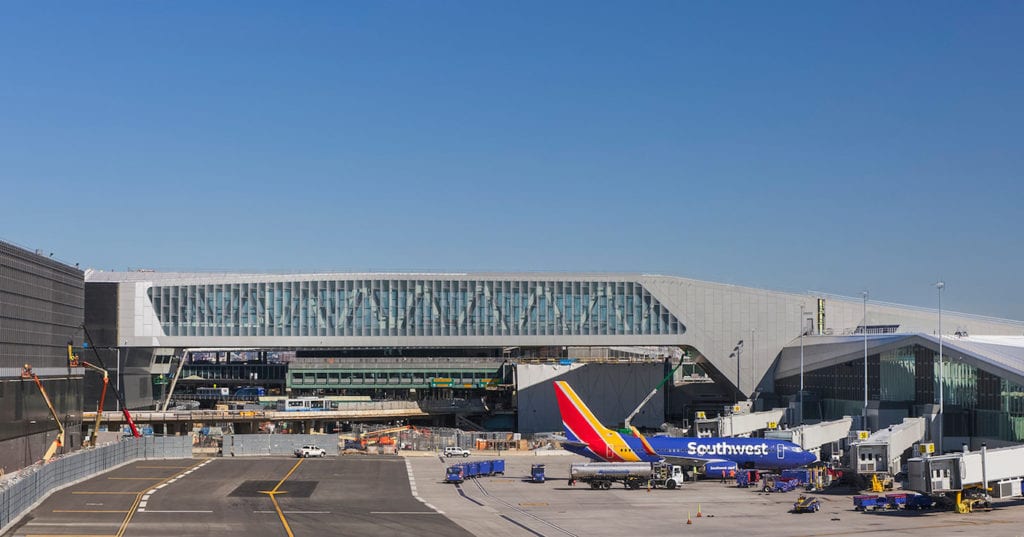
New York’s LaGuardia Airport is one of several areas where more Wide Area Multilateration system expansion will occur U.S. airspace over the next few years. Photo: LaGuardia Airport
Two initiatives to address critical obsolescence and end of service life issues for Cooperative Surveillance Radar (CSR) systems in the U.S. airspace, the Mode S Beacon Replacement System (MSBRS) and Wide Area Multilateration expansion will be key in serving as a back up to Automatic Dependent Surveillance Broadcast (ADS-B) Out serving as the primary surveillance technology for the National Airspace System.
The era of required ADS-B equipage for aircraft flying in U.S. airspace, with some exceptions, began Jan. 1, 2020, with the FAA’s latest reported data showing a total of 141,968 aircraft have been equipped with the mandated surveillance technology. As those newer transponders become the norm, the FAA still has plans to modernize other sources of surveillance as backups.
Recent progress on secondary surveillance upgrades came in the form of the four-year Mode S Beacon Systems under the Mode S Beacon Replacement System (MSBRS) contract issued to Leidos and Thales in January. The agency is using MSBRS and WAM expansion as additional layers of surveillance in U.S. airspace where ADS-B and radar do not have adequate coverage and. Both technologies can also act as a backup source of surveillance when GPS related ADS-B outages occur.
WAM is described by the FAA as a network of small sensors that are deployed in areas where radar installations are problematic. These sensors leverage existing ADS-B ground stations to send, receive and analyze aircraft signals to determine the location of the aircraft and provide separation services for air traffic controllers. The technology has so far been operational in Juneau, Alaska, Charlotte, N.C. and at a number of airports in mountainous regions of Colorado.
The most recent WAM deployment included the installation of eight new WAM stations near Los Angeles International Airport, an FAA representative told Avionics via email. Those sensors are using the nine ADS-B ground stations that were previously established in the area. Operational analysis of the Los Angeles WAM stations was completed in May of last year.
“In the coming years, the FAA is planning on WAM deployments in the New York and Atlanta areas to enhance surveillance performance and resiliency in this airspace. These WAM deployments provide further opportunities to reduce radar frequency congestion in some of the busiest parts of U.S. airspace,” the representative said.
Those deployments will occur alongside the Mode S replacement work that the FAA will continue to oversee. Under a contract issued in January, Leidos and Thales are collaborating on the supply of up to 142 secondary surveillance radars, with Thales supplying the upgraded Mode S system and Leidos taking the lead on engineering life cycle support.
“The Mode S Beacon Replacement System program has completed two major program milestones with Leidos and its subcontractor Thales since the contract award. The Post Award Conference (PAC) in February 2020 was the first meeting to engage both the vendor and the government and provide a clear and mutual understanding of the award. The System Requirements Review (SRR) in March 2020 identified all the requirements of the contract and how they are being appropriately traced throughout the system,” a representative for the FAA told Avionics International in an emailed statement.
There will be two phases for the MSBRS program, with the first phase focusing on replacing secondary radar systems that will not be replaced by other programs, such as WAM expansion.
“The second phase provides an opportunity to address additional CSR sustainment issues and could include any remaining CSR systems not addressed in the first phase. The program may take eight to twelve years to complete all phases depending on the number of systems acquired,” the representative said.